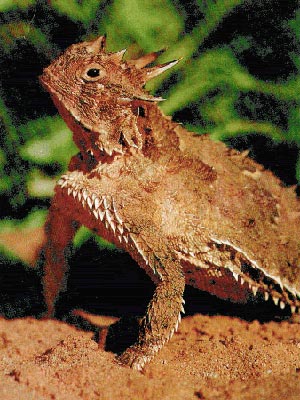Horned Lizards – Specialized in Spiky Defenses
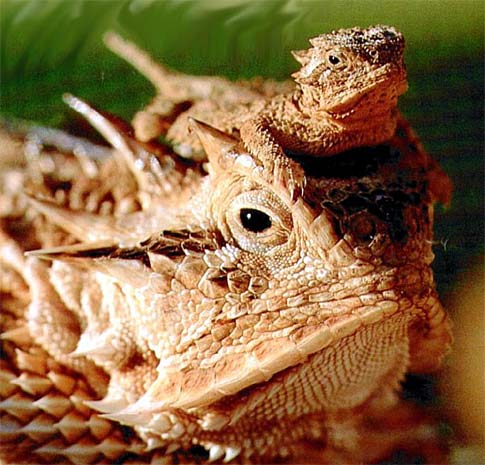
There are 15 different native species (and many sub species) of horned lizards in the Americas and although their appearances vary, they are all flat with spines and short tails. The horns on the head are solidly-filled while the scales on its back are less solid. The group is most diverse in Mexico and the western United States, with one species living as far north as Canada. These lizards with crazy spikes should be unmistakable but some people seeing a short, fat lizard think that they are toads. For the record, there are some species, the pygmy short horned for example, that are so round and short-tailed I can see why some would make the mistake of calling them “horny toads”. There is also another lizard in Australia that employs the same spiky defense and has similar looks that is called the thorny devil.
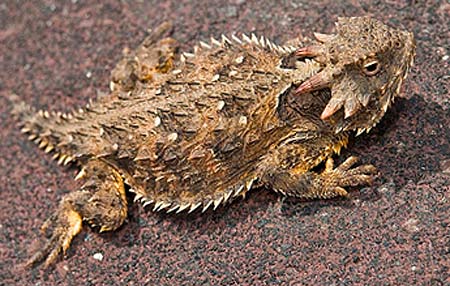
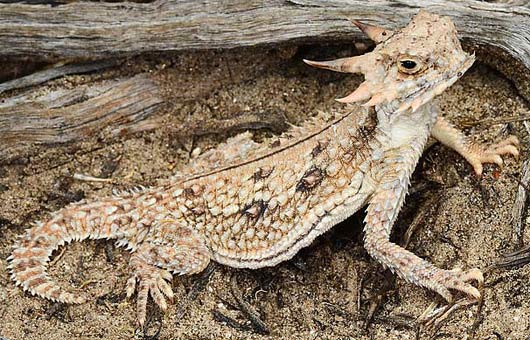
flat tailed
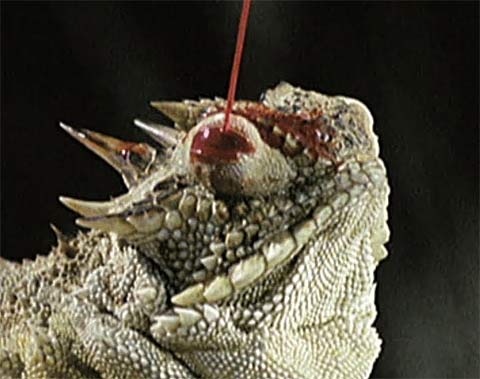
The most famous and outstanding feature of the horned lizards is of course even more fantastic than its thorns – it can squirt blood from its eyes. Some can hit enemies up to 10 feet or 3m away. This unusual defense seems to be used quite often on dogs if ever they dare to get close enough.

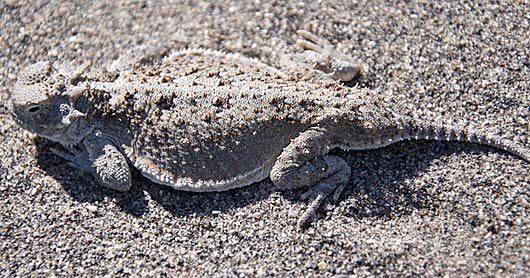
pygmy short horned
These are fairly tiny lizards. In the United States, the largest is about 6.5 inches (16.5 cm) long including the short tail and there are other species that are only about half that length.
For example, the pygmy short-horned lizard, which lives in the United States (California, Idaho, Nevada, Oregon and Washington), has a full length that gets to be only a little over 4 inches for the largest adults, including the tail. It is the only horned lizard species in its range. It uses its small size and excellent camouflage of brown and red and stripes to hide in the brushland between the rocks and grass.
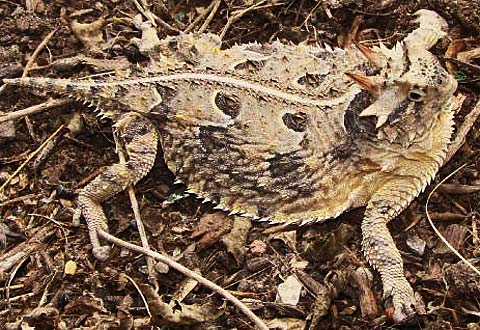
texas horned lizard
Now with so many horns, it is hard for any predators to try and make a meal out of thorns. This is useful as many of their predators: foxes, coyotes, bobcats and even some snakes are too fast for the little lizards to outrun. They also rely on their camouflaging patterns and colors to help them blend in with the soil and rocks.
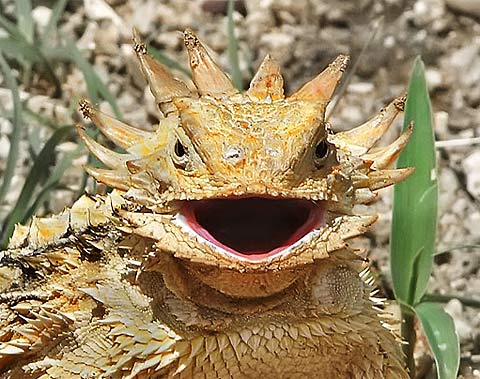
regal horned lizard
Most horned lizards love to eat black harvester ants if any are available although one species is known to prefer honey-pot ants.
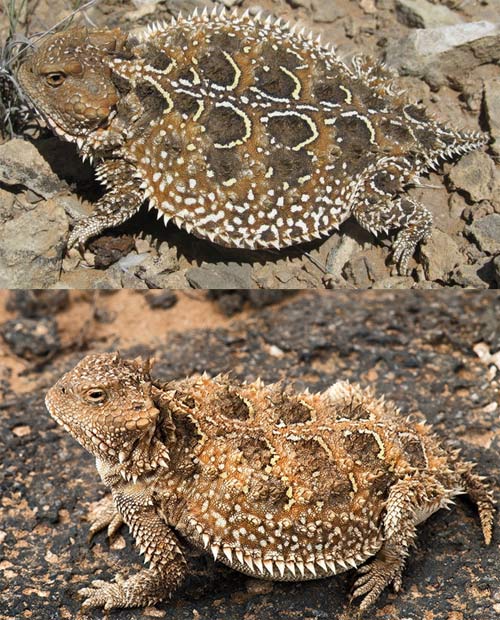
short horned
Most species lay eggs, but there are two species that give birth to live young. These two species are the greater short-horned lizard and the pygmy short-horned lizard. They will give birth to 5-50 younglings at a time. The rest of the species that lay eggs, also lay clutches of about 5-50 eggs.
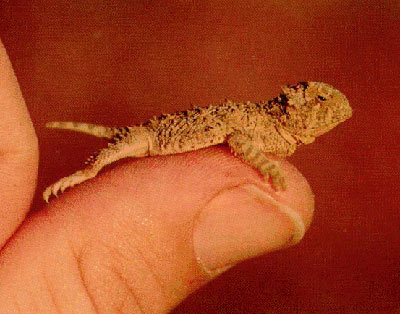
Baby Horned Lizard
